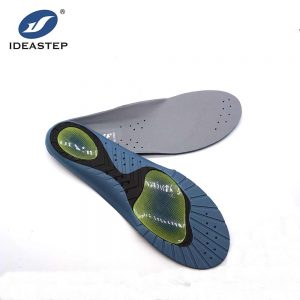
When it comes to choosing insoles for trekking, there are a few key factors to consider:
- Arch Support: Look for insoles that provide adequate arch support to help maintain proper foot alignment and reduce fatigue during long treks. Insoles with built-in arch support can help distribute pressure evenly and prevent excessive strain on the feet.
- Cushioning: Opt for insoles that offer sufficient cushioning to absorb shock and provide comfort while walking on uneven terrain. This can help reduce the impact on your feet and joints, preventing discomfort and potential injuries.
- Moisture-Wicking and Breathability: Trekking often involves prolonged physical activity, leading to sweaty feet. Choose insoles that have moisture-wicking properties and good breathability to keep your feet dry and prevent the development of blisters and odors.
- Durability: Since trekking involves rugged and demanding environments. It’s important to select insoles that are durable and can withstand the rigors of outdoor activities. Look for insoles made from high-quality materials that can withstand repeated use and provide long-lasting support.
- Customizability: Some insoles offer customization options, allowing you to trim them to fit your specific shoe size and shape. Customizable insoles can provide a more personalized fit, enhancing comfort and support during trekking.
- Compatibility: Ensure that the insoles you choose are compatible with your trekking shoes or boots. Consider the thickness and volume of the insoles to ensure they fit properly without causing discomfort or altering the fit of your footwear.
Remember, the ideal insoles for trekking may vary depending on individual preferences and foot characteristics. It’s always a good idea to try different options and consult with a footwear specialist or podiatrist for personalized recommendations based on your specific needs.
Related product links: https://www.aideastep.com/product/trekking-insole/.
